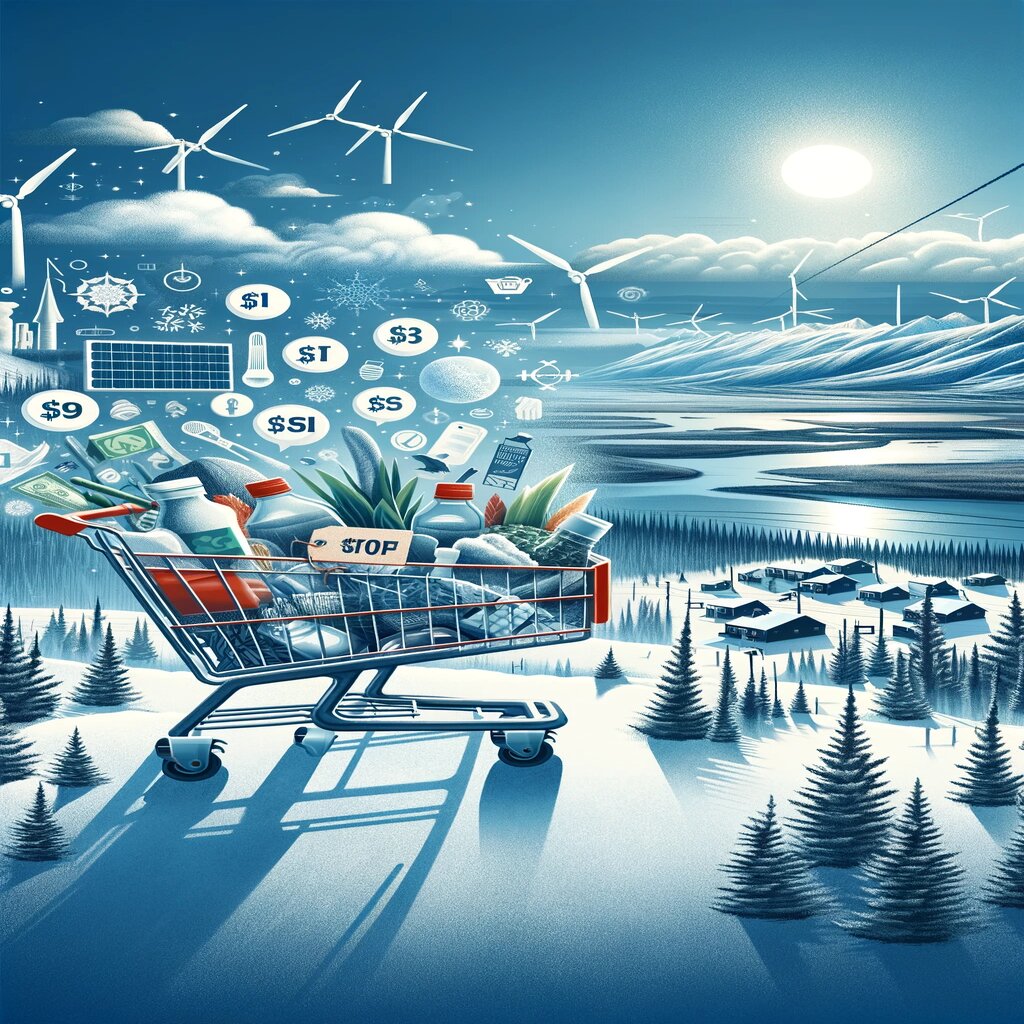Ever found yourself staring at empty shelves or gawking at the price tags lately? Well, you’re not alone. It turns out, the journey of products from manufacturing to your shopping cart is a bit like a high-stakes obstacle course, thanks to supply chain disruptions. Let’s dive into the nitty-gritty of how these disruptions are reshaping your shopping experience, complete with all the juicy data, eye-opening stats, and some fun facts to keep things interesting.
The Great Product Disappearance Act
Imagine you’re all set to buy a new car, only to find out it’s either unavailable or the prices have skyrocketed. That’s been the reality for many, with the automotive sector seeing a jaw-dropping 40.5% hike in used car costs and a 12.2% increase in car parts prices. It’s a classic case of supply chain disruptions playing the villain, leading to shortages across the board, from your favorite snack to the latest tech gadgets.
Why Your Wallet Feels Lighter
It’s not just your imagination; prices are indeed climbing. The culprits? A perfect storm of labor shortages and a spike in demand, pushing food prices up. And let’s not forget the chip shortage, throwing a wrench in everything from your smartphone to your car’s production lines.
The E-commerce Domino Effect
Online shopping has been our saving grace in the pandemic era, but it’s not immune to supply chain hiccups. Delivery delays have become the norm, forcing e-commerce giants to get creative with solutions like offering diverse shipping options to keep customers smiling (and clicking ‘buy’).
Navigating Through the Chaos
So, how are businesses keeping their heads above water? By getting cozy with micro-fulfillment centers and leaning on AI to scout for new suppliers at lightning speed. It’s all hands on deck to keep those virtual shopping carts rolling smoothly to your doorstep.
Did You Know?
- Stuck at home, consumers hoarded a whopping $1.6 trillion more than usual, thanks to the pandemic, fueling an online shopping frenzy.
- A staggering 94% of Fortune 1000 companies felt the sting of supply chain disruptions, courtesy of COVID-19.
- Retail heavyweights like Walmart and Tyson Foods are turning to AI to dodge supply chain bullets, proving technology might just be our best ally in this logistical tug-of-war.
Wrapping Up
The ripple effects of supply chain disruptions are more than just a logistical headache for businesses; they’re reshaping how and what we buy, nudging prices upwards, and testing our patience with delivery waits. But with a mix of innovation, technology, and strategic pivots, the battle to smooth out these bumps continues. So, next time you notice something amiss in your shopping routine, remember, there’s a whole world of supply chain drama behind that ‘Out of Stock’ sign.
